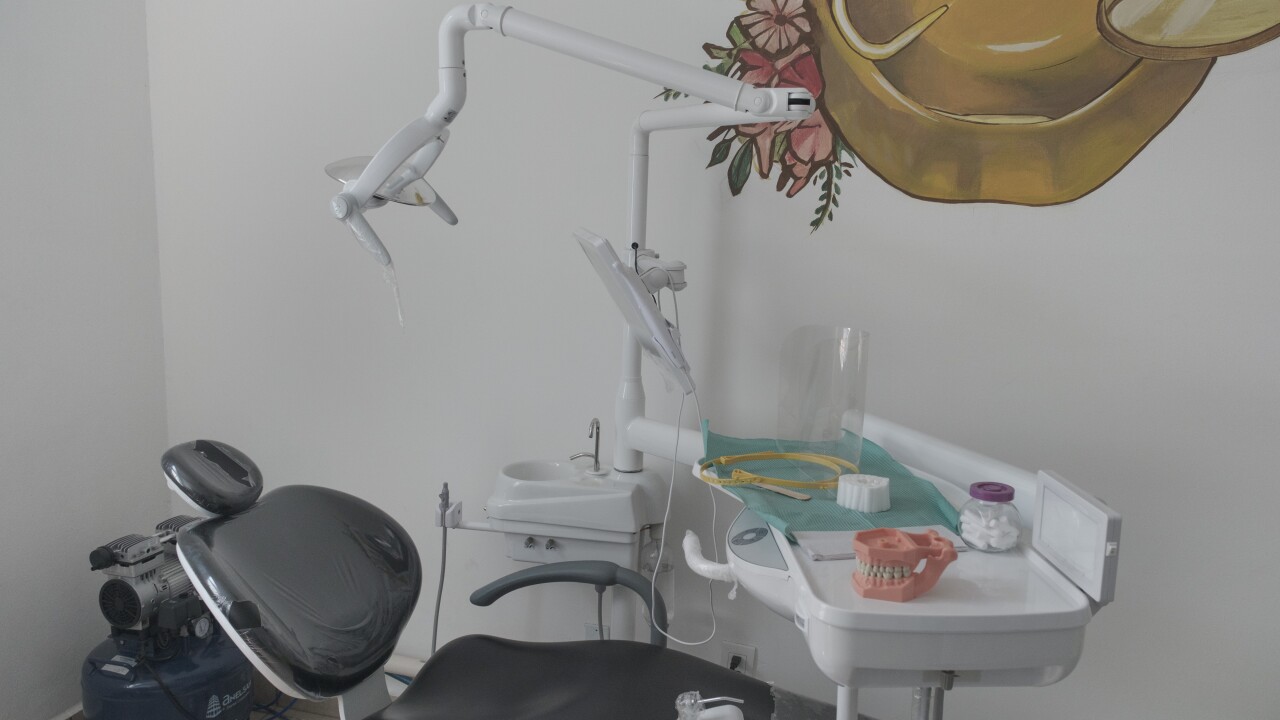CompuCredit Corp., which last year did not buy any credit card portfolios, said conditions for acquisitions have improved, possibly because tremors in the subprime market have put more assets in play.
“We feel like the pipeline of things that we might be able to invest in is much greater today than it was six months ago,” David Hanna, the Atlanta subprime specialist’s chief executive, said Wednesday on a conference call to discuss fourth-quarter results.
He continued: “I think there’s a little bit of a shift throughout the market. … Six months ago we didn’t have any subprime mortgage companies that had gone belly-up. Now you have people that I believe have some concern about the subprime space because of what’s going on in the mortgage market, and they may be more open to looking to divest … of various subprime lines, whereas six, nine months ago they might not have had as much interest.”
This year CompuCredit has bought ACC Consumer Finance LLC, an indirect auto lender, roughly doubling its auto loan portfolio. “The ACC purchase was hopefully the first of what will be multiple transactions for us in the coming months as we continue to actively evaluate opportunities,” Mr. Hanna said.
CompuCredit has about $700 million of available capital, roughly the same amount it reported at the end of the third quarter, and some analysts worry that it is not fully deploying that capital.
Combined with strong organic growth in a high-fee card product, CompuCredit’s abstaining from asset purchases last year accelerated the rebalancing of its portfolio toward assets with higher credit costs.
That shift led it to forecast that chargeoffs would rise more this year than it initially expected. So will marketing expenditures as it tries to build sales through Internet and television advertising, it said.
But its earnings forecast for the year of more than $4 a share on a managed receivables basis would still be a 14% increase over 2006.
Higher marketing costs were among several factors the company cited last month when it reduced its guidance for the fourth quarter. CompuCredit at the time said the items it identified did not change its outlook for this year. It had last projected 2007 earnings of more than $4.23 a share in a Nov. 6 conference call on the third quarter.
For the fourth quarter, the company met its revised projection of 40 cents a share, or 20% below the projection it made after the third quarter, but 11% more than the year-earlier profit.
It said that it spent $30.3 million on marketing during the fourth quarter, 21% more than in the third quarter, and that the increase was largely associated with the Internet and television. The company “began originating through these channels in a significant way for the first time … and ended up spending more than we had initially planned due to the success we had in originating through these channels,” Mr. Hanna said.
It had “over 400,000 gross credit card originations in the fourth quarter,” and it plans to ramp up marketing further in 2007 to an average quarterly rate of $40 million, he said.
In particular, Mr. Hanna called CompuCredit’s Imagine card a “breakout success.” CompuCredit operates 475 payday loan stores. The Imagine card — which can be issued to customers with no credit history — “marries microloan underwriting techniques with a credit card product,” the CEO said.
Overall, the company’s gross loans and fees receivable on a managed basis grew 12.9% during the year, to $2.8 billion at Dec. 31.





